MCCALL — Valley County is like the greater backyard of the Treasure Valley — when it’s time for outside adventure, no matter the season, residents of the Treasure Valley often flock north to recreate in Valley County’s mountains, forests, lakes and rivers.
A new project could bring change to the environment and economy of Valley County. Nestled in the mountains due east of McCall, about 40 miles as the crow flies, a mining company is planning a venture adjacent to the Frank Church-River of No Return Wilderness.
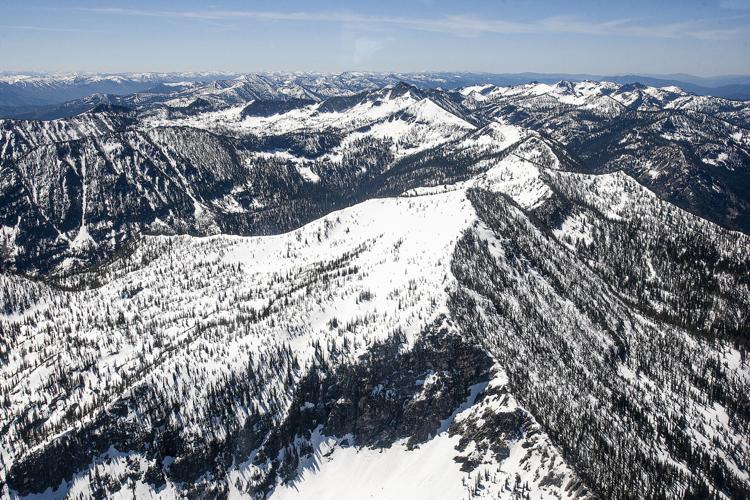
Local stakeholders have kept apprised of developments in the proposed Stibnite Gold Project, which would create an open pit antimony and gold mine at the site of an old antimony mine east of Yellow Pine. The project would affect over 3,000 acres, 75% of which is on public lands, said Julie Thrower, attorney for the environmental organization Save the South Fork Salmon.
The company Perpetua Resources proposed the project. The subsidiary of a Canadian company once called Midas Gold, Perpetua Resources changed names in 2021 and relocated its headquarters to Boise, according to a public relations firm.
Though antimony and gold were harvested from the site between 1900 and the 1990s, the east fork of the south fork of the Salmon River, where the mine is situated is home to species such as chinook, steelhead, westslope cutthroat trout, and bull trout, which is a unique combination even in Idaho, Thrower said. The U.S. Environmental Protection Agency has invested heavily in restoring the area around the mine, as has the Nez Perce Tribe, whose historic lands encompass the site, she said.
Though Perpetua Resources describes plans to restore the site, too, Valley County stakeholders are questioning the impact of a mine on the watershed and the local economy.
“It’s just the sensitivity of all of these natural resources … the high value for recreation, the high value of the whole ecosystem in this watershed … they just don’t think the mine should go there,” Thrower said.
A supplemental environmental impact statement, which will be open to public comment, is due out from the Forest Service in August, Thrower said.
But Perpetua Resources Vice President of External Affairs Mckinsey Lyon says the project is a huge opportunity to restore an area that has been degraded for generations, while helping the U.S. capture a share of a mineral used in batteries that store renewable energy.
“We built this project on the vision that responsible mining production can restore the site, and that is how we designed our plan,” Lyon said. “And we believe that the changes submitted to the Forest Service that will be out for public review (in August) will put that vision into reality.”
TRIBAL, ENVIRONMENTAL, RECREATIONAL, ECONOMIC RESOURCES AT STAKE
Antimony is a metal used in alloys to make lead batteries, and is also used to make products such as glass and ceramics, according to LiveScience.com. More recently, the metal has been used to make liquid metal batteries, which can be used for storing energy from solar and wind projects, Lyon said. Perpetua Resources states on its website that the metal “plays an important role in the transition to clean energy.” Russia, China, and Tajikistan collectively have over 90% of the world’s antimony reserves, the site says.
The Stibnite Gold Project is the U.S.’s chance to take control of its clean energy future, Perpetua Resources’s website says. The mine would be the only domestic production site of antimony, Lyon said in an email.
But environmental groups question the viability of the site’s antimony for such projects, and are concerned that mining and its associated infrastructure will severely degrade the ecosystem of the South Fork Salmon River and its surroundings.
That said, the area is not pristine wilderness due to the impact of the original mine, Thrower said. The footprint of the original site is about 3,000 acres, according to the U.S. Environmental Protection Agency. In 2001, that agency proposed listing the site as a Superfund Site, a designation used to flag contaminated areas and fund their cleanup. But the state of Idaho disagreed with the proposal, and the site was not listed, according to the agency’s website.
Water quality of the East Fork of the South Fork of the Salmon River is still an issue as high levels of arsenic from mine tailings and sediment pollute the waterway, Thrower said. However, some restoration efforts have occurred at the site, Thrower said. Recreation opportunities — fishing, hiking, rafting, kayaking, camping — abound, drawing visitors from Idaho and beyond, she said.
One of the most visible remnants of the mine is the so-called “glory hole,” or Yellow Pine Pit, an old mining pit that has filled with water and become a lake. The East Fork of the South Fork of the Salmon River flows into the pit, though fish in the pit do not have access to the river above it, she said. The lake provides a useful reservoir of cool water for steelhead and westslope cutthroat trout habitat downstream, Thrower said. Bull trout breed in the lake, said Randy Fox, a conservation associate with the Idaho Conservation League.
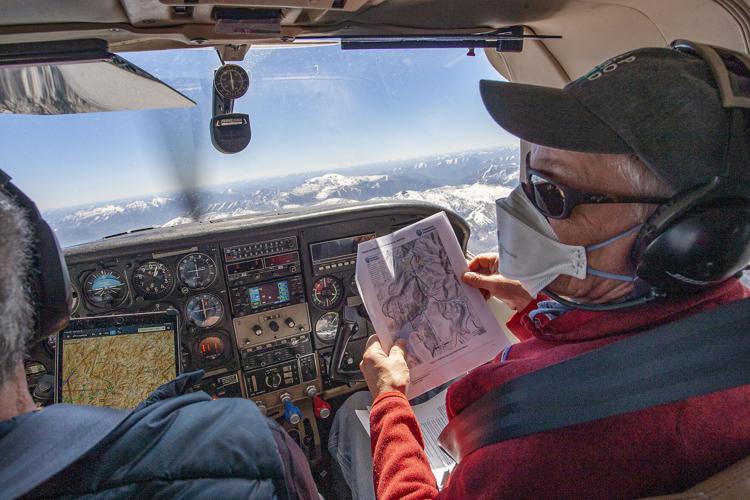
Upstream of the lake, the Nez Perce Tribe has stocked chinook salmon, Thrower said. The salmon cannot migrate between the site and the ocean, but it is important habitat for the species, which has seen significant population declines due to habitat loss from the damming of rivers.
Proposals for the Stibnite Gold Project include plans to construct a tailing “facility” to store excess materials that contain neither antimony or gold ore, Thrower said. The facility would consist of piling such material, into Meadow Creek Valley, Fox said, a site a few miles downstream of the Yellow Pine Pit. Meadow Creek would be directed around the site in “diversion ditches,” Thrower said.
The proposed project is expected to result in a 20% loss of fish habitat, Fox said.
“That is not an acceptable trade-off for us, or the Nez Perce,” he said.
Lyon, of Perpetua Resources, disputes that figure.
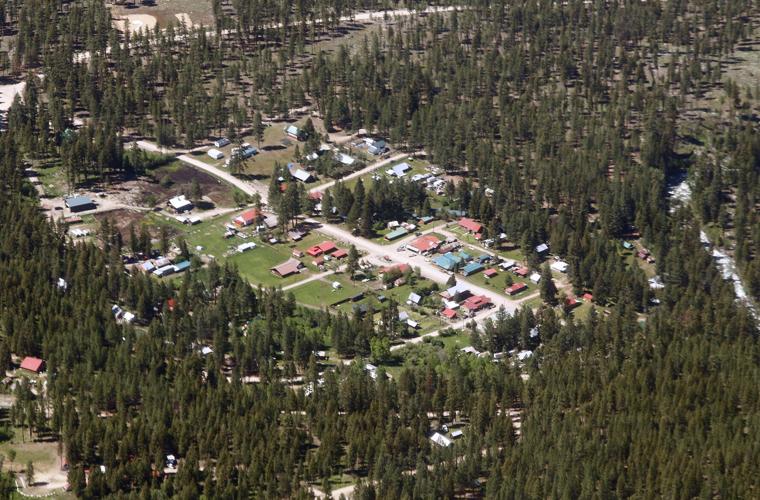
“Those numbers just aren’t factual,” she said. The company has proposed back-filling the Yellow Pine Pit and rebuilding the channel of the East Fork South Fork so that fish would have access both above and below the pit site for the first time since mining began, she said. That figure comes from the old environmental impact statement, released in 2020, and only looks at the impacts of mining instead of doing a net analysis on the benefits of restoration, including making areas upstream accessible again, Lyon said.
Environmental advocates remain wary. Even if Perpetua Resources carries out its promise to restore the area when mining is over, the project will still impact the local environment in the meantime, Thrower said. And there is no guarantee that the company will complete the restoration, leaving taxpayers to foot the bill, Thower said. This could include if the company decides it is no longer financially feasible for them to clean up the site, she said.
“They can just walk away and there’s not really anything that the state or the federal government can do,” Thrower said.
Lyon disagreed, saying that mining law has changed in recent decades to mandate that the company set aside money for the restoration it is proposing before operations begin, taking into account items such as the cost of plants that will need to be installed as part of the work, worker salaries, the cost of operating heavy equipment, and contingency funds she said.
“The funding will be there for restoration regardless of what happens to the company,” she said.
Besides the expansion of the mine, the proposed project would include construction of a 13-mile stretch of road to connect the Burnt Log Road with the Meadow Creek Lookout Road, Fox said. Not only does the area in question span designated roadless areas, it is within a quarter mile of the Frank Church-River of No Return Wilderness, he said.
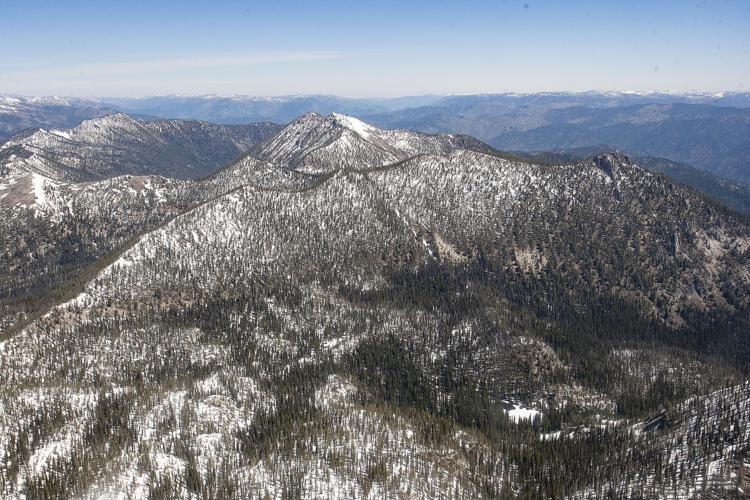
The area is above 7,000 feet, and would threaten habitat for wolverines, which were recently ruled eligible for protection under the Endangered Species Act, as well as whitebark pine, Thrower said. Whitebark pine is a slow-growing alpine tree that helps regulate snowmelt, provides food for many species, and is a proposed threatened species under the Endangered Species Act, according to the Idaho Governor’s Office of Species Conservation.
After the antimony leaves the site, it needs to go to a facility for further processing. In general, it is difficult for companies to get permits to process antimony in the U.S. because of Clean Air Act regulations, Thrower said. Though there is one facility in Montana that processes it, Thrower does not think that it is permitted to process the low-quality antimony that is expected to be extracted from the Stibnite site. The ore would likely have to go overseas first, she said.
Lyon called the idea that antimony coming from the site would not be of a good quality “not accurate.” Processing could occur at Montana, or potentially other small facilities in the U.S. or one in Mexico, though there are others in Belgium and Oman, she said. She is optimistic there would be even more opportunities available for processing by the time the company was at that stage.
Perpetua Resources’ website says it has partnered with the company Ambri to create liquid metal batteries that use antimony. The batteries are in use at a Nevada data center, Lyon confirmed, with expanded production of the technology planned starting next year, including at a wind and solar facility in South Africa, she said.
“This is a very real technology that is in the process of being commercialized at a large scale,” she said. “And it’s a technology that’s incredibly important. There is no way we can create a clean energy economy without storage batteries.”
In addition to mining antimony, Perpetua Resources is researching the possibility of mining gold, Thrower said. Antimony mining is not that lucrative, and though the project would likely not produce much gold, it would help Perpetua Resources’ bottom line, she said.
“They need to get the gold to make this profitable … (the company could) potentially mine (just) the antimony underground, which would reduce impacts significantly, but that’s not financially feasible, according to them,” Thrower said.
Lyon said that gold mining at the site will enable the construction of infrastructure, as well as the restoration work promised.
“It is the gold that allows for the site restoration and what makes antimony economically feasible to produce,” she said. “Without the gold, we couldn’t restore the site, nor could we produce antimony.” One reason for this is that because countries such as China and Russia control such a large portion of the world’s antimony production, they also control the prices, she said.
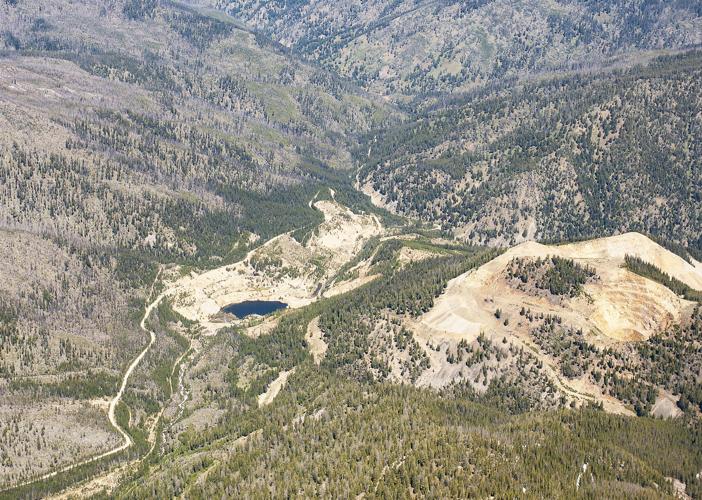
HOW WOULD THE ECONOMY BE AFFECTED?
In addition to environmental concerns, local business leaders are questioning what the impact of a mine could do to the local economy. The Idaho Headwaters Economic Study Group, a grassroots coalition of over 50 McCall businesses, formed to ask for answers, said Jeff Abrams, volunteer media consultant for the group.
The group contends that the initial analysis of the project was flawed because it characterized the agriculture and extractive industries as predominant components of the local economy, when recreation and tourism are the bigger employers.
Members of the group are planning to present a resolution to the Valley County Board of Commissioners calling for the county to do its own economic evaluation, Abrams said. Top of mind are concerns about wage inflation, housing, and transportation, he said.
He emphasized that the group is not “anti-mining.”
“Our predicate is not (the mine) will have adverse impacts; we just want to know what the impacts are so that the true cost and benefits are understood and then the business community can decide whether to support this project or not,” Abrams said.
Debbie Fereday, co-owner of May Hardware in McCall, which is one of the businesses in the group, echoed Abrams’ ideas.
“We just feel like this is a reasonable ask to have this study done so that everybody will have more information moving forward when these decisions are made regarding that supplemental environmental impact statement,” she said.
Fereday said every employer is already extremely short-staffed, and is concerned about high mining wages drawing workers away. She is constantly helping staff who have lost their housing and are struggling to stay in the area, she said.
Lyon said the company has been invested in the community and that multiple agencies have been involved in the economic evaluation of the project already. As for the housing and other concerns, the mine is expected to operate on a two weeks on, two weeks off schedule, she said. The company predicts that one-third of workers would already live in Valley, Washington, and Adams counties for work, one-third would commute from elsewhere, such as the Treasure Valley, and one-third would move to the area. Some employees would be able to live in onsite housing, she said.
Lyon also emphasized the importance of diversifying the economy, saying that having year-round jobs that can help support families can enable residents to not have to work multiple jobs to afford living in the area.
“We see ourselves as part of a stronger economic fabric of Valley County,” she said.
ENVIRONMENTAL GROUPS: PUBLIC ACTION DESIRED
The comment period for the supplemental environmental impact statement, expected from the Forest Service in August, is expected to be about 45 days, Thrower said. That is the minimum time required to be given for comment, she said. The last impact statement was over 5,000 pages of highly technical language, and members of Save the South Fork Salmon members, which is a volunteer-led organization, were struggling to review it in the 75-day time frame allotted then, she said.
Thrower said one thing people can do is get on the mailing list of environmental organizations, such as Save the South Fork Salmon, Idaho Rivers United, and Idaho Conservation League. These groups will provide updates on how to get involved, such as asking for a longer comment period from the Forest Service.
When the supplemental impact statement is published, comments from the public will be needed as well as people with technical expertise such as hydrologists and fish biologists, she said.
“Even if you’re not an expert, there’s a lot of local knowledge … people that come up from the Treasure Valley and recreate here, in terms of trail use, access, where they like to recreate and the impacts they are worried about,” she said. This could include companies based in the Treasure Valley or in McCall that bring groups to the South Fork of the Salmon River for trips, she said.
Given that it is an election year, Thrower also encouraged Idahoans to ask people running for office about their position on the project.
“Talk to those people and tell them that that’s one of the things on your mind when you’re voting, because I believe there are a lot of people in our state legislature who haven’t really looked into this proposal and have just flat out accepted it as, ‘this is a mining proposal. This is what we do,’” she said.
Environmental groups are interested in getting the South Fork of the Salmon River designated as a Wild and Scenic River, Fox said. Parts of the South Fork are already designated as such, Thrower said. The Forest Service has already studied the idea and has said it would be suitable for such a designation, she said.
It would take local decision makers, state congressional working with federal congressional representatives to make that happen, Fox said.
Erin Banks Rusby is a reporter with the Idaho Press. She covers Canyon County, including agriculture, education, and government.